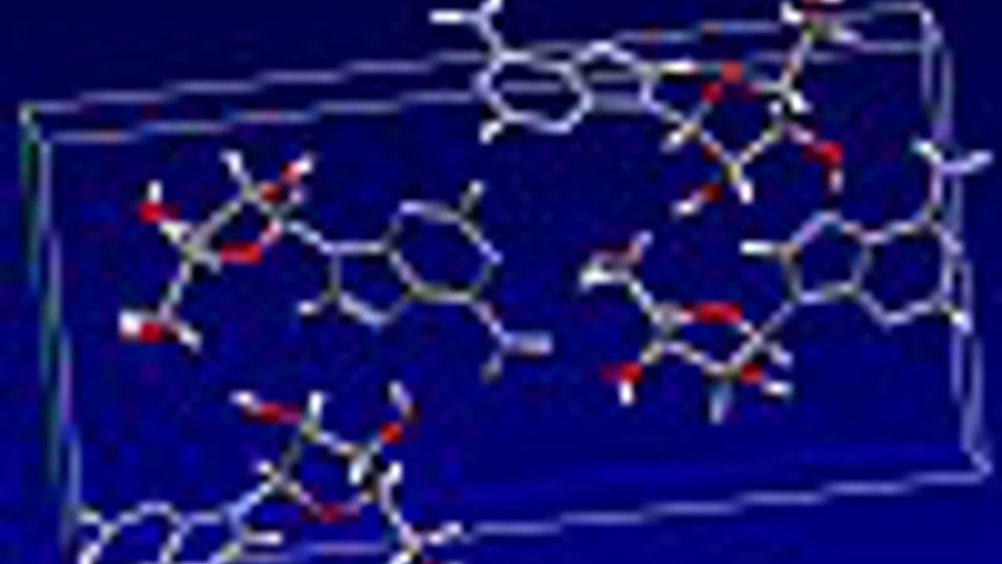Predicting crystal structures
UK researchers have predicted the crystal structures of small organic molecules by computational methods without experimental input.

UK researchers have predicted the crystal structures of small organic molecules by computational methods without experimental input - a goal that has been described as the Holy Grail of crystallography.
The breakthrough was achieved in the 4th blind test of crystal structure prediction, an exercise conducted by an international group of fifteen research groups that was organised by the Cambridge Crystallographic Data Centre (CCDC) and Cambridge University.
Crystal structures describe the periodically repeating arrangement of molecules in a material and determine many of a material's properties, such as solubility, dissolution rate, hardness, colour and external shape. The ability to predict crystal structures could thus revolutionise the design of materials with novel properties.
In particular, the pharmaceutical industry would gain huge benefit from reliable methods of crystal structure prediction because pharmaceutical molecules are prone to crystallise in more than one crystal structure (or polymorph), depending on the conditions under which the molecule is crystallised. The specific polymorph that goes into a formulation must be strictly controlled to ensure consistency of delivery to the patient.
Register now to continue reading
Thanks for visiting The Engineer. You’ve now reached your monthly limit of news stories. Register for free to unlock unlimited access to all of our news coverage, as well as premium content including opinion, in-depth features and special reports.
Benefits of registering
-
In-depth insights and coverage of key emerging trends
-
Unrestricted access to special reports throughout the year
-
Daily technology news delivered straight to your inbox










Water Sector Talent Exodus Could Cripple The Sector
Maybe if things are essential for the running of a country and we want to pay a fair price we should be running these utilities on a not for profit...